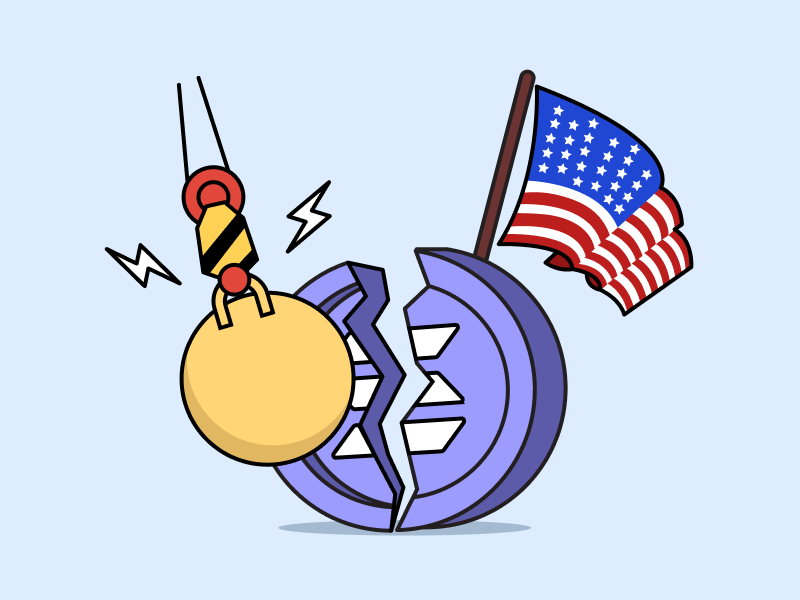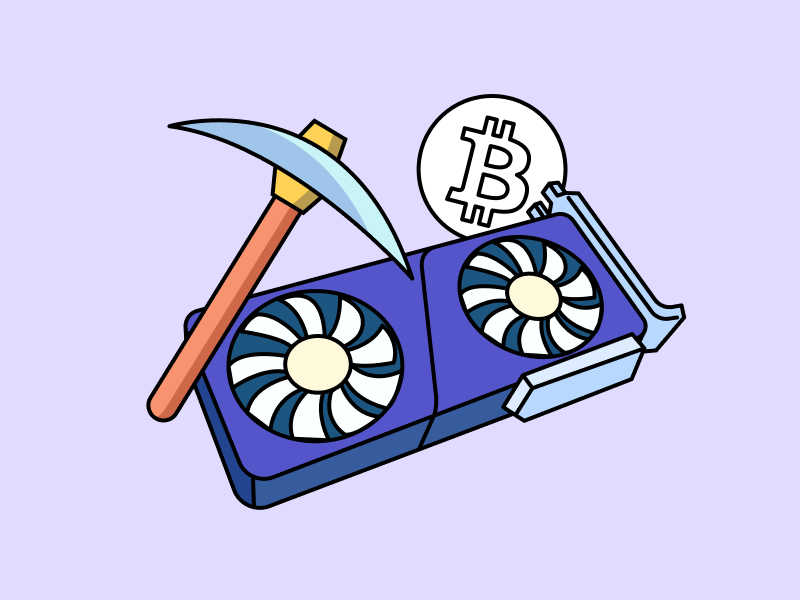Exploring The World of Web3 Wallet

Having a Web3 wallet is necessary to explore the Web3 world conveniently and easily. This digital wallet not only allows you to securely store and trade cryptocurrencies and NFTs but also facilitates smooth interactions with decentralized applications (dApps). What else does a Web3 wallet have to offer? Want to know the most popular Web3 wallets? Find out in this article.
Article Summary
- 💼 A Web3 Wallet serves as a digital repository for crypto assets and NFTs. Beyond storage, it enables users to actively trade and manage their digital assets, making it easier to be a part of the Web3 world.
- ⚖️ Browser-based wallets, mobile wallets, desktop wallets, and hardware wallets are all types of Web3 wallets.
- 🔒 The advantages of using Web3 wallets are versatility (they can be used for various functions. It also gives users complete control and security (private keys are stored securely).
- ⚠️ The disadvantages of Web3 wallets are the need to be self-sufficient, have technical knowledge, and the risk of fraud.
What is Web3 Wallet?
A Web3 Wallet is a digital wallet that stores and trades crypto assets, interacts with dApps, and manages digital assets such as NFTs. This means users can handle all these activities in one place, eliminating the need for multiple wallets.
Web3 wallets provide excellent security by storing private keys, but the way they handle this varies. Self-storage of private keys is known as a non-custodial wallet. Meanwhile, the storage of private keys by a third party is called a custodial wallet.
Private keys are the secret set used to access the wallet and make transactions (no one else should know). Public keys are wallet addresses used to send and receive transactions (may be known to others).
For those of you who want to learn more about how custodial wallets and non-custodial wallets work, Pintu Academy has prepared an article here.
Many people think that Web3 wallets are the same product as crypto wallets. In fact, they are two different things. Web3 wallet is much more versatile as it can directly interact with dApps, store and trade crypto assets and NFTs. In comparison, crypto wallets are limited to transactions and storing crypto assets only.
Web3 Wallet Type
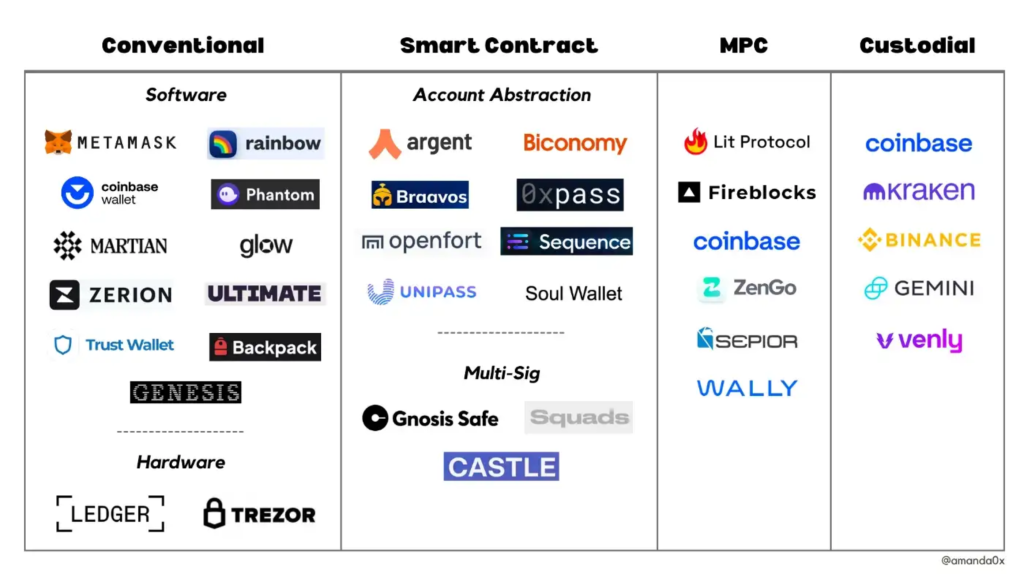
- 🌐 Browser-based wallets. It is a Web3 wallet that can be accessed through an extension on a web browser. Browser-based wallets are one of the easiest to use but the most vulnerable because they are always connected to the internet. Example: Metamask.
- 📱 Mobile wallets. As the name implies, it is a Web3 wallet installed on a smartphone or tablet. It’s the most convenient because everything is at hand. They have better security than browser-based wallets. Example: Trust Wallet.
- 🖥️ Desktop wallets. A type of Web3 Wallet that is installed directly onto a PC or laptop. Considered the most secure internet-connected wallet. Private keys are stored directly on the device. Example: Electrum.
- 💼 Hardware wallets. Also known as cold wallets, these are a type of Web3 wallet that stores private keys and crypto assets on an offline physical device. They are the most secure because they are not connected to the internet. Example: Trezor and Ledger.
The Benefit of Web3 Wallet
- ♻️ Versatile. Web3 Wallet not only offers storage and trade for crypto but also for NFTs. It is also connected and can access various dApps and blockchains.
- 🔐 Security. The level of security is the most crucial aspect, as the actions of irresponsible parties overshadow the DeFi ecosystem. Web3 Wallet provides a secure and reliable storage solution for crypto and other digital assets.
- 🎮 Full control. Although some third parties create Web3 Wallets, they still give full control to the user. Thus, the user can control the use of the wallet according to their own needs and preferences.
- 🥷 Anonymously. A Web3 wallet allows users to trade their assets without providing their names or other personal information.
Disadvantages of Using Web3 Wallet
- ⛔ Limited support. Complete control can be unsettling for some, especially new users. When something goes wrong, a lack of knowledge and support from the Web3 Wallet provider can lead to a complete loss of wallet access.
- 📖 Requires technical knowledge. The advanced features and settings offered by Web3 Wallets can be difficult for new users. Moreover, some Web3 Wallets have a less friendly interface for users with minimal technical knowledge.
- ☠️ Risk of scams. Although Web3 wallets prioritize security, the rise of scams can be a risk for new and inexperienced users.
Self-custody is one way to store crypto safely. Learn more about how to do it in the following article.
List of Popular Web3 Wallets
The following are some examples of popular web3 wallets:
1. MetaMask
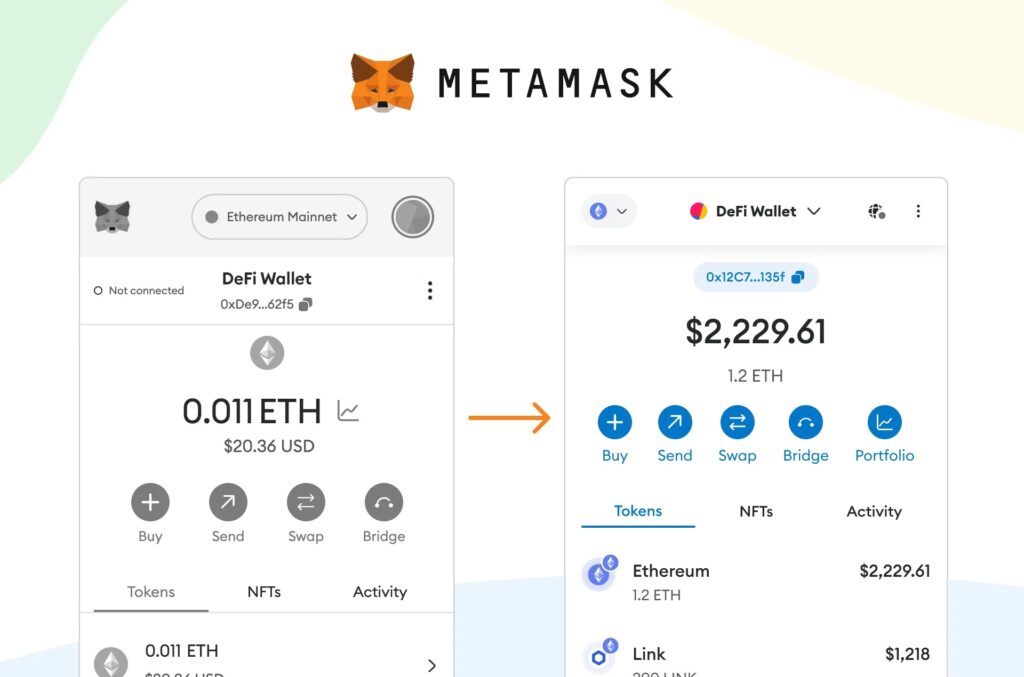
One particularly famous Web3 wallet, especially among crypto investors and beginners, is MetaMask. Currently, MetaMask stands as the most popular choice. As a non-custodial wallet, it offers users complete control over their private keys. Accessible through both a browser and a mobile app, MetaMask provides a user-friendly experience for managing Web3 assets.
MetaMask has a simple operation and installation method. This makes it easy to use, making it a reference wallet for many new crypto investors.
One of its advantages is the MetaMask Portfolio feature. Through this feature, users can see the price and performance of tokens in the wallet. Not only that, MetaMask Portfolio also allows users to bridge and purchase tokens using a debit card.
However, since MetaMask only supports Ethereum-compatible networks, making its use limited. Users cannot use MetaMask to trade or store non-Ethereum tokens. Another drawback is that users have to set the network manually when they want to make a transaction, which makes it cumbersome.
2. Avocado
Avocado is InstaDapp’s Web3 wallet that uses an account abstraction system to provide the best DeFi browsing experience. Using account abstraction allows users to make one-click transactions, 2FA protection, and create and restore wallets using email or phone numbers.
Account abstraction is a technology that enables the creation of non-custodial wallets as programmable smart contracts. Account abstraction allows users to customize security and user experience according to their preferences.
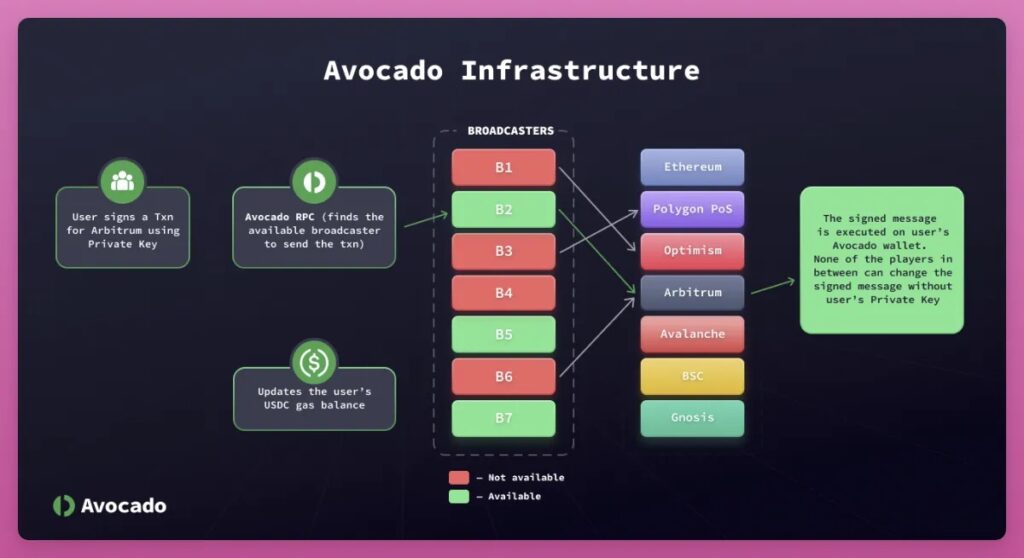
Avocado’s Web3 wallet is connected to the Avocado network, a smart contract with its own Remote Procedure Call (RPC) node. These nodes connect all supported blockchains under one roof while maintaining their security levels. As a result, each user’s transaction will be automatically adjusted to the corresponding blockchain network every time they make a transaction.
Avocado also has a Swap and Bridge feature where users can access various dApps directly through the wallet. Another feature is that all transactions made on Avocado can be paid using USDC, regardless of the blockchain used. Thus, users no longer need to worry about setting aside a number of native tokens to pay gas fees.
However, please note that there is an additional 20% gas fee for Avocado users. If using the Ethereum network, this figure makes the entire transaction more expensive. However, if using a layer-2 network like Arbitrum, this figure is certainly more manageable. Later, half of the additional fee will be given to dApps that support the Avocado network.
3. Rabby
Rabby is a web extension and desktop-based self-custodial wallet developed by DeBank. It is also an Ethereum-compatible wallet that allows it to be connected to Metamask.
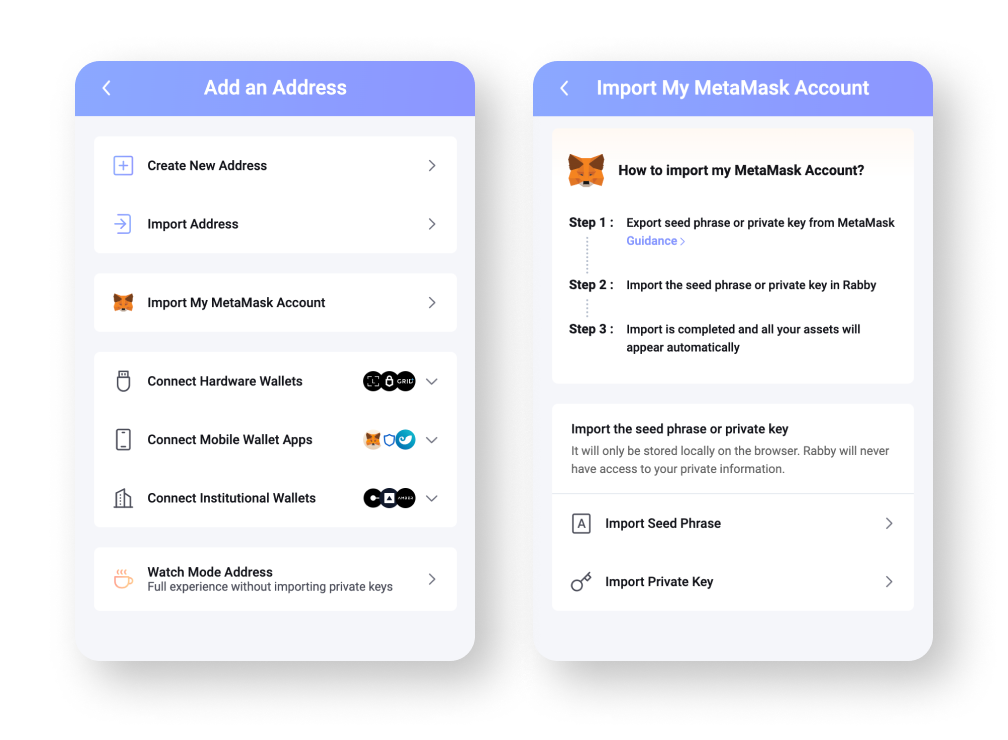
So, in addition to creating a new address, users can import their existing MetaMask wallet into Rabby. This is done by importing the seed phrase or private key. As a result, there is no need to manually move tokens because, after the import process, all tokens will move automatically.
Rabby is a multichain Web3 wallet that currently supports more than 57 networks. It also automatically switches to the suitable network when making a transaction. Rabby is also the first Web3 wallet to display the balance after a transaction. Making it easy for users to know their final balance after a transaction
Another advantage offered by Rabby is the security risk notification. So, every time a user wants to make a transaction, Rabby will warn about security risks, such as the possibility of failure or the destination address being attacked. This certainly helps users avoid dangerous and unwanted transactions.
Unfortunately, Rabby is not very friendly to users with minimal technical knowledge. The reason is that information related to using it is very limited. Currently, Rabby also does not support fiat currencies.
4. Argent
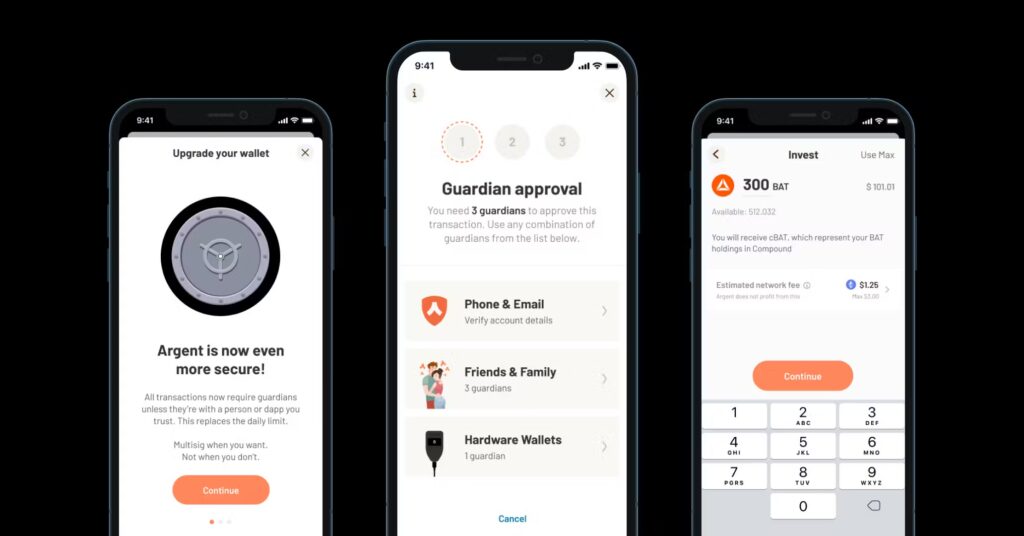
Argent is an Ethereum-based self-custody Web3 Wallet built on the zkSync Layer-2 network. In addition to ETH and ERC-20 tokens, users can also store their NFT collections in Argent. Like Avocado, Argent also utilizes smart contracts in its operating system. Giving it additional security features.
Argent’s additional security feature is Guardian. This feature allows users to add a second account to authorize every transaction. Guardian can be a hardware wallet, MetaMask account, someone you trust, or Argent’s 2FA option.
Next, Argent does not require a seed phrase for wallet recovery but instead uses a guardian. Using seed phrases is risky because the wallet cannot be accessed if the user loses it. Not to mention the possibility of being discovered by others.
Besides the security aspect, another advantage of Argent is the staking feature for its users. Argent collaborates with Yearn, Lido, and Gro to carry out the staking process. Next, Argent also provides token purchase services via debit, credit, or bank transfer. Argent cooperates with third parties for this service, namely Moonpay, and Wyre.
However, the downside of Argent is that it is a mobile wallet, meaning it can only be accessed through smartphones. Also, because it is Ethereum-based, it cannot be used on other blockchain networks or store non-ERC-20 tokens. This makes Argent less flexible than other multi-chain and multi-platform wallets.
Deep dive into the Web3 world through the following Pintu Academy articles.
Conclusion
If you’re actively trading crypto assets, NFTs, and using dApps, having a Web3 wallet is essential. It streamlines the whole process, as you can do everything with just one wallet, eliminating the need for multiple ones.
Moreover, there are numerous options and types of Web3 wallets available, making it simple for users to find the perfect fit for their needs and preferences. So, whether you’re a frequent trader, a long-term investor, or simply need a wallet for storing NFTs and digital assets, now is the ideal time to explore and choose the right Web3 wallet for you.
Buy Crypto Assets in Pintu
Looking to invest in crypto assets? No worries, you can safely and conveniently purchase a wide range of cryptocurrencies such as BTC, ETH, SOL, and others safely and easily at Pintu. Pintu diligently evaluates all its crypto assets, highlighting the significance of being cautious.
Pintu is also compatible with popular wallets such as Metamask to facilitate your transactions. Download Pintu app on Play Store and App Store! Your security is guaranteed because Pintu is regulated and supervised by Bappebti and Kominfo.
Aside from buying and trading crypto assets, you can expand your knowledge about cryptocurrencies through various Pintu Academy articles. Updated weekly, all Pintu Academy articles are made for knowledge and educational purposes, not as financial advice.
Reference
- Algorand Foundation, What Is a Web3 Wallet and How Does It Work? accessed on 25 July 2023.
- Juan Leal, What is a web3 wallet & which one should I use? Third Web, accessed on 25 July 2023.
- Ren Yu Kong, Instadapp: Aggregation Theory in Practice. Blockworks Research, accessed on 25 July 2023.
- Defi Ignas, Avocado: Blockchain aggregator with a next-gen wallet. Twitter, accessed on 25 July 2023.
- Itamar Lesuisse, Argent: The most secure wallet. Argent, accessed on 26 July 2023.
- Rabby Wallet, Rabby Wallet — Easy Onboarding for new users, Medium, accessed on 25 July 2023.
- Ethereum.org, Account abstraction, accessed on 25 July 2023.
Share

